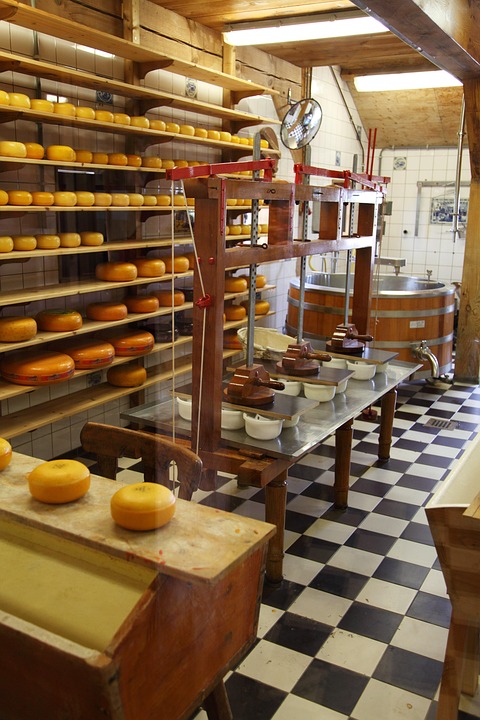Introduction
Yogurt is a popular dairy product consumed worldwide for its taste, nutritional benefits, and probiotic properties. The process of yogurt production involves several key steps, including fermentation and filling. In this report, we will explore the essential equipment used in yogurt processing, focusing on fermentation tanks and fillers.
Yogurt Fermentation Tanks
Overview
Fermentation tanks are a critical component of the yogurt production process. These tanks provide the ideal environment for the fermentation of milk by introducing bacterial cultures such as Lactobacillus bulgaricus and Streptococcus thermophilus. The bacteria convert lactose in the milk into lactic acid, which gives yogurt its characteristic tangy flavor and thick texture.
Types of Fermentation Tanks
There are various types of fermentation tanks used in yogurt processing, including batch tanks, continuous tanks, and in-line tanks. Batch tanks are commonly used for small-scale production and allow for the fermentation of a specific quantity of milk at a time. Continuous tanks, on the other hand, enable a continuous flow of milk through the fermentation process, making them suitable for larger-scale operations.
Key Features
Fermentation tanks are typically made of stainless steel to ensure hygiene and durability. They are equipped with temperature control systems to maintain the optimal temperature range for bacterial growth. Agitators are used to mix the milk and bacterial cultures evenly, promoting consistent fermentation throughout the tank.
Industry Insights
The global yogurt market is experiencing steady growth, driven by increasing consumer awareness of the health benefits of yogurt consumption. According to a report by Market Research Future, the global yogurt market is projected to reach $114.5 billion by 2023, with a CAGR of 4.6% during the forecast period.
Yogurt Fillers
Overview
Yogurt fillers are used to package the fermented yogurt into containers for distribution and consumption. These fillers come in various types, including cup fillers, pouch fillers, and bottle fillers, depending on the packaging requirements of the yogurt manufacturer.
Types of Yogurt Fillers
Cup fillers are commonly used for packaging yogurt in individual cups, making them suitable for single-serve portions. Pouch fillers are used for packaging yogurt in flexible pouches, providing convenience and portability for consumers. Bottle fillers are used for packaging yogurt in bottles, typically for larger quantities or for drinkable yogurt products.
Key Features
Yogurt fillers are designed to handle various viscosities of yogurt, from thick Greek yogurt to smooth drinkable yogurt. They are equipped with filling heads that dispense the yogurt into the containers accurately and efficiently. Fillers may also incorporate sealing and labeling capabilities to complete the packaging process.
Industry Insights
The demand for convenient and on-the-go dairy products like yogurt has been driving innovations in packaging technology. According to a report by Grand View Research, the global dairy packaging market is expected to reach $28.4 billion by 2025, with a CAGR of 4.2% during the forecast period.
Conclusion
In conclusion, yogurt processing equipment such as fermentation tanks and fillers play a crucial role in the production of high-quality yogurt products. As the global yogurt market continues to grow, manufacturers are investing in advanced equipment to enhance efficiency and meet consumer demand for a variety of yogurt products. By understanding the key features and industry insights of yogurt processing equipment, manufacturers can optimize their production processes and stay competitive in the dynamic yogurt market.




